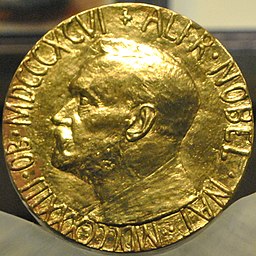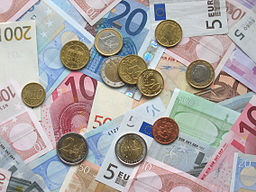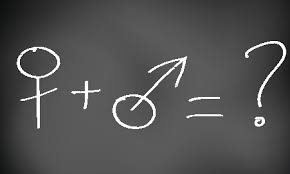Among all Nobel Prize winners since 2000 in physics, chemistry and physiology or medicine, only 7.3% were women [1]

Every year, in time for the announcement of the Nobel Prizes, a special phenomenon can be observed in the first week of October: the "Gender Award Gap". In the categories of natural sciences and medicine, female researchers are honored with the most prestigious award in the sciences much less frequently than their male colleagues. In medicine, it is primarily the professional societies of the individual disciplines that award a large number of scientific prizes and honors. Particularly in the case of the highly endowed and most important prizes, a significantly lower proportion of women can be observed on average here as well. How can the underlying structures be broken up and women in the sciences be made more visible in this field as well



[1] Hansson N, Halling T. Reformen für den Nobelpreis: Der Nobelpreis hat ein Frauenproblem. Spiegel Online 9.10.2019 https://www.spiegel.de/wissenschaft/mensch/der-nobelpreis-hat-ein-frauenproblem-a-1290715.html
[2] Silver JK, Blauwet CA, Bhatnagar S et al. Women Physicians Are Underrepresented in Recognition Awards From the Association of Academic Physiatrists. American Journal of Physical Medicine and Rehabilitation 2018;97(1):34-40;
[3] Kilminster S, Downes J, Gough B et al. Women in medicine− is there a problem? A literature review of the changing gender composition, structures and occupational cultures in medicine. Medical Education 2007:41(1):39-49